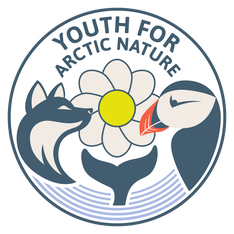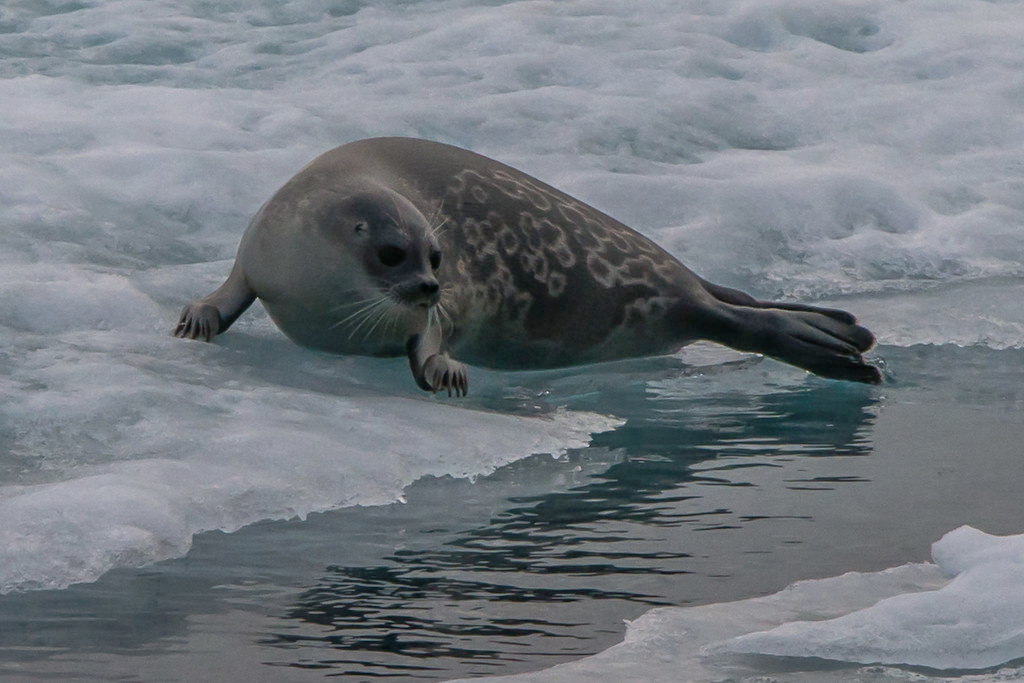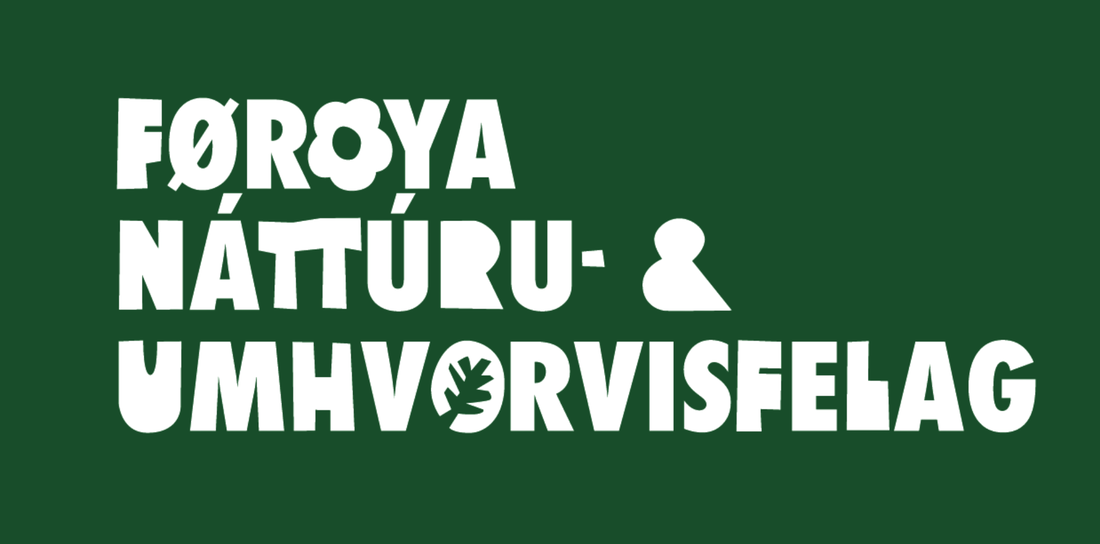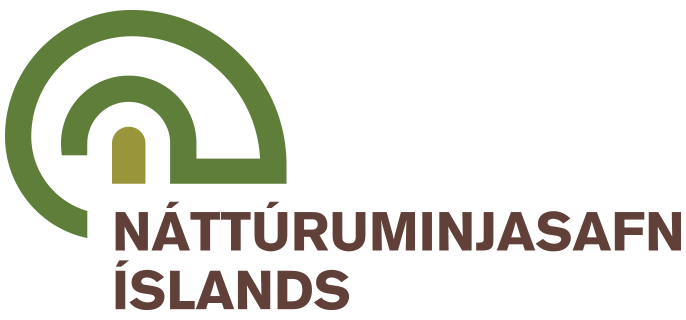|
Vulnerability: least concern Invasive: no Identification: difficult Monitoring: medium |
|
What is it? The ringed seal gets its name from the patterns on its back: small dark spots surrounded by light grey rings. Its fur is silver-grey to brownish, with a belly that is lighter than its back. It is the smallest of the Nordic seals, measuring 1.1 to 1.6 m. It is very difficult to distinguish males from females. In spring, however, males can be recognized by their darker faces. This is due to oily male secretions. During their first two months, the young have a white coat. The ring pattern appears as they get older. |
|
Where is it? The ability of Ringed seals to maintain breathing holes in thick ice allows them to have a wide distribution in the Arctic and sub-Arctic. They are therefore found throughout the Arctic basin as well as in adjacent seas such as the Baltic Sea. In addition to the Arctic Ringed Seal subspecies (Pusa hispida hispida), four other subspecies are found in the Okhotsk and Bering Seas and in lakes Ladoga (Russia) and Saimaa (Finland).
|
|
Interesting facts |
- The isolation of two populations of ringed seals in the Caspian Sea and Lake Baikal (Russia) has led to the differentiation of two distinct species: Pusa caspica and Pusa sibirica.
- The fact that a species is classified as Least Concern by the IUCN does not mean that it is not locally threatened: the subspecies Pusa hispida ladogensis (Ladoga Seal) is classified as Vulnerable and the subspecies Pusa hispida saimensis (Saimaa Seal) is classified as Endangered.
Pictures
- Cover picture: "Ringed seal" by dracophylla is licensed under CC BY-NC-SA 2.0
- Presentation picture: "Ring Seal" by RayMuzyka is licensed under CC BY-NC-SA 2.0
References
- Lowry, L. 2016. Pusa hispida. The IUCN Red List of Threatened Species 2016: e.T41672A45231341. Downloaded on 01 October 2021.
- Icelandic Seal Center: https://selasetur.is/en/seals/about-icelandic-seals/ringed-seal/
- Norvegian Polar Institute: https://www.npolar.no/en/species/ringed-seal/
- Visit Greenland: https://visitgreenland.com/wildlife-in-greenland/seals/
- Marine Finland: https://www.marinefinland.fi/en-US/Nature_and_how_it_changes/Species/Marine_mammals/Seals
- B. P. Kelly, J. L. Bengtson, P. L. Boveng, M. F. Cameron, S. P. Dahle, J. K. Jansen, E. A. Logerwell, J. E. Overland, C. L. Sabine, G. T. Waring, and J. M. Wilder 2010. Status review of the ringed seal (Phoca hispida). U.S. Dep. Commer., NOAA Tech. Memo. NMFS-AFSC-212, 250 p.















